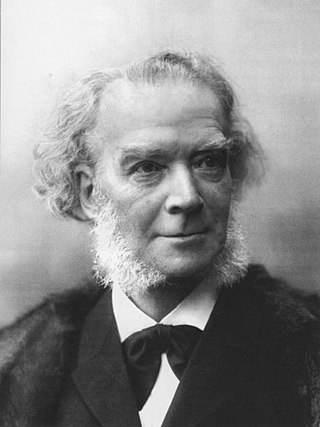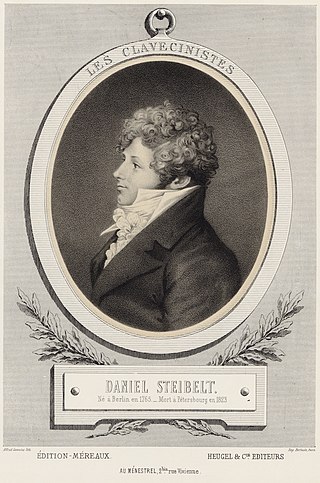Related Research Articles
A concerto is, from the late Baroque era, mostly understood as an instrumental composition, written for one or more soloists accompanied by an orchestra or other ensemble. The typical three-movement structure, a slow movement preceded and followed by fast movements, became a standard from the early 18th century.

A violin concerto is a concerto for solo violin and instrumental ensemble. Such works have been written since the Baroque period, when the solo concerto form was first developed, up through the present day. Many major composers have contributed to the violin concerto repertoire.

A clarinet concerto is a concerto for clarinet; that is, a musical composition for solo clarinet together with a large ensemble. Albert Rice has identified a work by Giuseppe Antonio Paganelli as possibly the earliest known concerto for solo clarinet; its score appears to be titled "Concerto per il Clareto" and may date from 1733. It may, however, be intended for soprano chalumeau. There are earlier concerti grossi with concertino clarinet parts including two by Johann Valentin Rathgeber, published in 1728.

Carl Heinrich Carsten Reinecke was a German composer, conductor, and pianist in the mid-Romantic era.

Ferdinand Ries was a German composer. Ries was a friend, pupil and secretary of Ludwig van Beethoven. He composed eight symphonies, a violin concerto, nine piano concertos, three operas, and numerous other works, including 26 string quartets. In 1838 he published a collection of reminiscences of his teacher Beethoven, co-written with Beethoven's friend, Franz Wegeler. Ries' symphonies, some chamber works—most of them with piano—his violin concerto and his piano concertos have been recorded, exhibiting a style which, given his connection to Beethoven, lies between the Classical and early Romantic styles.

A viola concerto is a concerto contrasting a viola with another body of musical instruments such as an orchestra or chamber music ensemble. Throughout music history, especially during the Baroque, Classical, Romantic eras, viola was viewed mostly as an ensemble instrument. Though there were a few notable concertos written for the instrument in this time period, these instances were quite rare and the instrument continued to be ignored. However, during the 20th century, the instrument was revitalized thanks to the work of a number of violists and composers, which led to the commission and composition of many more viola concertos, expanding the repertoire significantly.

David Geringas is a Lithuanian cellist and conductor who studied under Mstislav Rostropovich. In 1970 he won the gold medal at the International Tchaikovsky Competition. He also plays the baryton, a rare instrument associated with music of Joseph Haydn.

Daniel Gottlieb Steibelt was a German pianist and composer. His main works were composed in Paris and in London, and he died in Saint Petersburg, Russia.
C-flat major is a major scale based on C♭, consisting of the pitches C♭, D♭, E♭, F♭, G♭, A♭, and B♭. Its key signature has seven flats. Its relative minor is A-flat minor. Its parallel minor, C-flat minor, is usually replaced by B minor, since C-flat minor's three double-flats make it impractical to use. The direct enharmonic equivalent of C-flat major is B major, a key signature with five sharps.

The Rochester Philharmonic Orchestra (RPO) is an American orchestra based in the city of Rochester, New York. Its primary concert venue is the Eastman Theatre at the Eastman School of Music.

Anton Franz Josef Eberl was an Austrian composer, teacher and pianist of the Classical period. He was a student of Salieri and Mozart. He was also seen as an early friend and rival of Beethoven.
A concert piece is a musical composition, in most cases in one movement, intended for performance in a concert. Usually it is written for one or more virtuoso instrumental soloists and orchestral or piano accompaniment.
This article lists notable compositions within the viola repertoire. The list includes works in which the viola is a featured instrument. The list is ordered by composer surname.
References
- ↑ Kushner, Daniel J. (May 11, 2018). "Classical review: RPO performs Brahms and a Higdon world premiere". City Newspaper . Retrieved September 25, 2019.